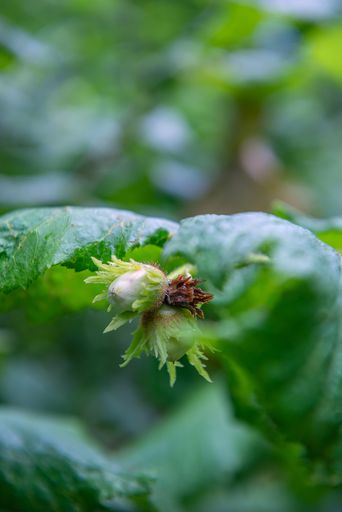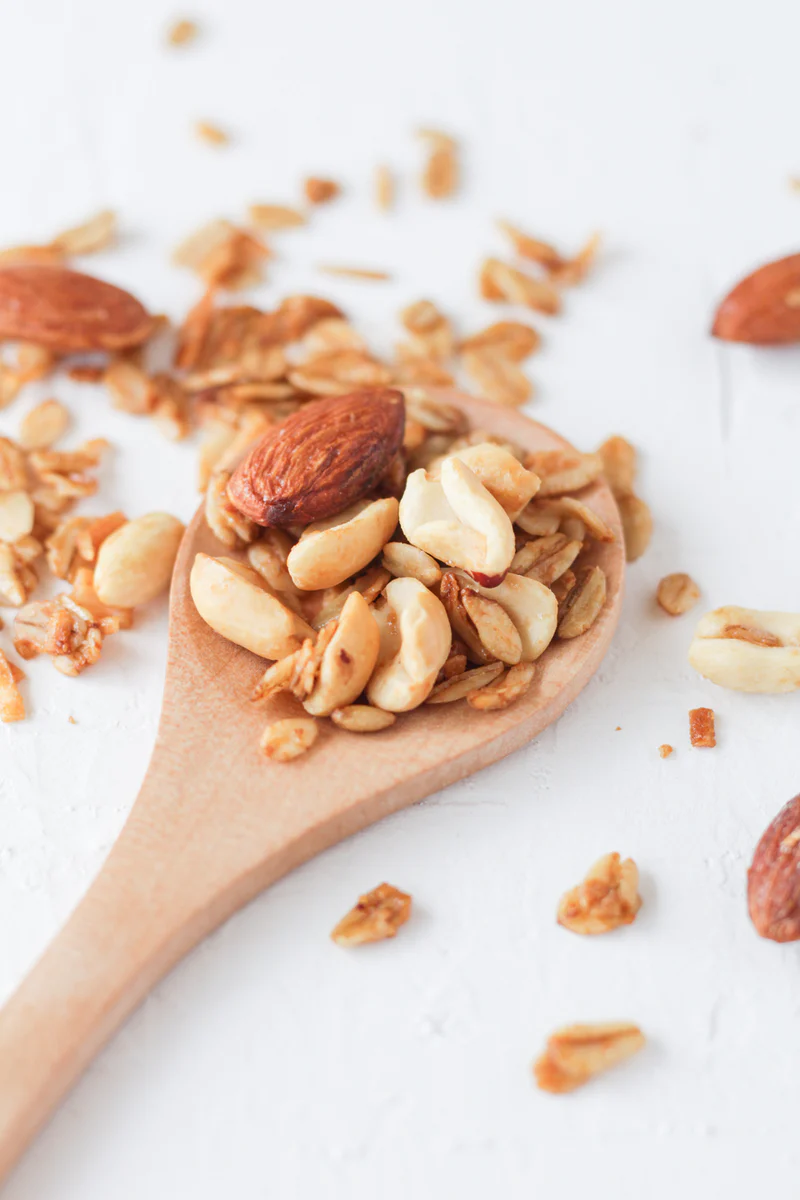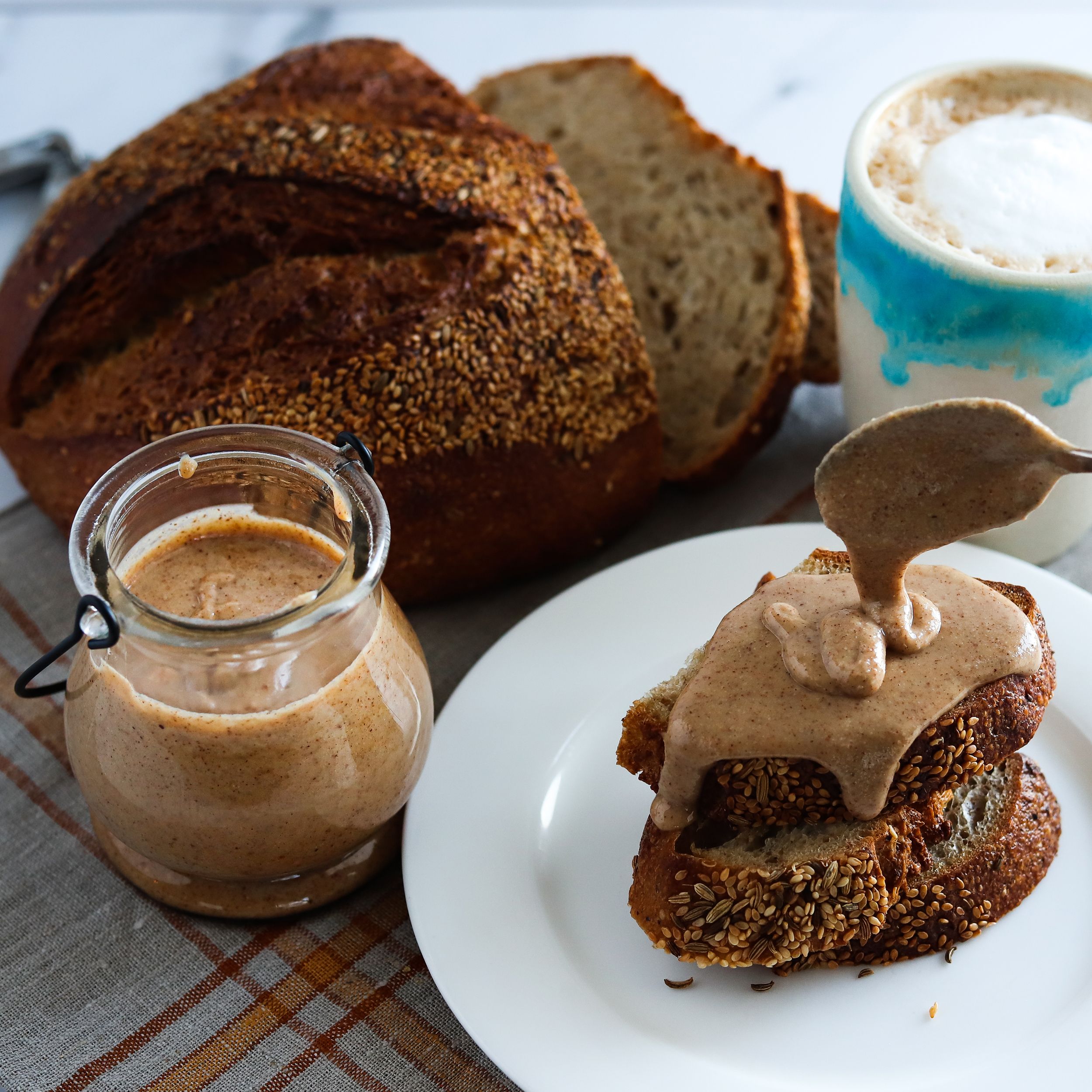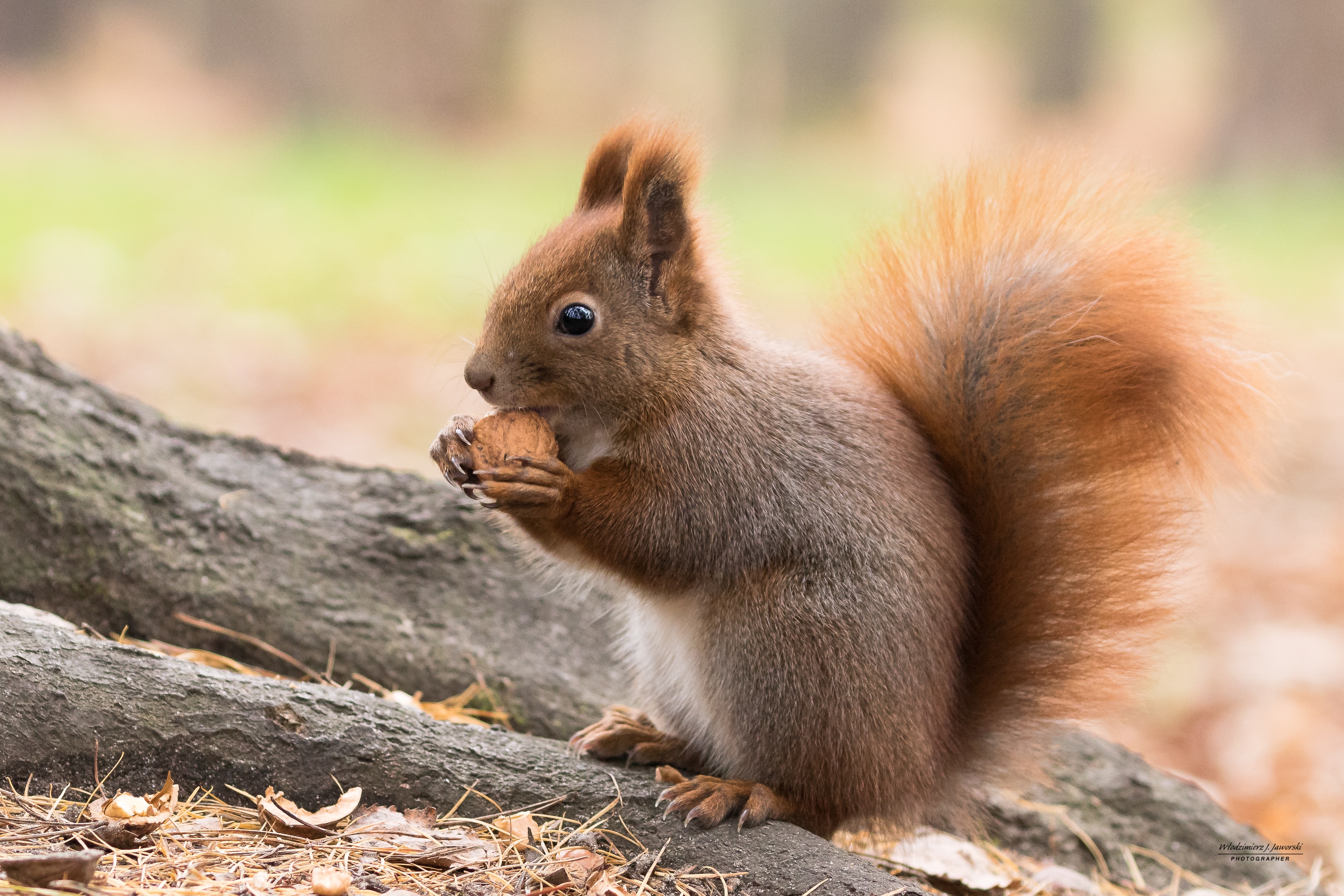A Squirrel's World
Have you ever contemplated growing your own nuts? Easy to store and delicious to eat, I think squirrels are on to something.
Most of inhabited Vancouver Island is considered Zone 8A, making it a fantastic location to grow majestic and productive nut trees. With microclimates here ranging from Zones 2–9 and the space requirements involved, here’s all the information you need to get started!
In a nutshell


The good news is that nut trees are amongst the easiest trees to grow. They produce highly nutritious food, shade and beauty, and most are deer resistant with a long life span. The not-so-good news is that they take a long time to produce their nuts, and most of them need a lot of space.
Top nut tree choices that grow well in our climate include Black and English walnut, butternut, chestnut, hazelnuts, hickory, pecan and pine. Almonds are a beautiful choice with their stunning bright pink blossoms but need warmer, drier conditions, similar to a peach tree.
Fresh nuts, like garden-grown tomatoes and strawberries, are arguably so much better than the shelled and packaged ones. Each type of nut has a different husk, from the very thin or non-existent on American hazelnuts, to the thick green hull on the black walnut and the spiny hulls on chestnuts.
Does size matter?
 Walnut trees can grow 40–60 feet tall, and pecans can mature at 70–100 feet tall. These are some of the largest nut trees. Almond and hazelnut trees are smaller, but standard varieties of these get anywhere from 10–20 feet tall. Think about planting them on the north side of your property to avoid shading smaller plants and trees.
Walnut trees can grow 40–60 feet tall, and pecans can mature at 70–100 feet tall. These are some of the largest nut trees. Almond and hazelnut trees are smaller, but standard varieties of these get anywhere from 10–20 feet tall. Think about planting them on the north side of your property to avoid shading smaller plants and trees.
There are some self-pollinating varieties, but many nut trees require a pollinator. You can make a windbreak with a row of the shorter, denser hazelnut trees, or plant a slightly earlier blooming walnut upwind from a second, later blooming walnut. Both ideas help ensure pollination and a good fruit set.
If you have a small yard, dwarf or semi-dwarf varieties are a good bet. If you want to try growing your tree in a container, a small almond is the best choice, but make sure to insulate its roots over winter. Nut trees are generally not a good container crop because they are large and have big water requirements.
Protect your nuts
Although deer-resistant, nut trees are not deer-proof. Other tiny thieves include birds, rabbits, squirrels and raccoons. Depending on the culprit, there are different ways to deter unwanted guests. Try mesh fencing to prevent deer, rabbits and raccoons; noise makers, netting or fluttering ribbons can scare the birds away; for squirrels, try a device like an upside-down tin pie plate with a hole in the middle for the tree trunk.
Gather
Nuts are generally ready for picking when you notice them starting to fall on their own, usually late summer or early autumn. At this point, it’s important to beat the squirrels and birds. Use a pole to shake your tree and gently knock the nuts down.
Gather them into crates or other storage containers that will allow sufficient airflow and find a good spot for them to dry. Each nut has its own preservation methods. You’ll find lots of reliable information online about each particular variety’s preservation and storage methods.
Be a health nut
Nuts are a superfood and an excellent part of a healthy diet. What other foods can claim to be high in protein, fat, fiber, vitamins and minerals all at once? Additionally, nuts are high in antioxidants, and anecdotal evidence suggests they prevent heart disease, reduce inflammation and may reduce cholesterol levels.
Besides simply shelling and eating them plain, there are so many good ways to use nuts. I love them roasted and salted as snacks and in salads, stir fry, granola and baked desserts. Then there’s nut butter. How many of us grew up eating peanut butter? Making your own nut butter is the grown-up version of the childhood favourite and it’s easy and fun to make. The ingredients are simple; all you need are nuts, a pinch of salt, a high powered food processor and 30 minutes. Mix and match nuts to your taste and once you’ve made basic nut butter, try adding in chocolate, honey or other flavourings that you like. Then squirrel it away in your fridge for the winter!

Photo by Sabrina Currie





